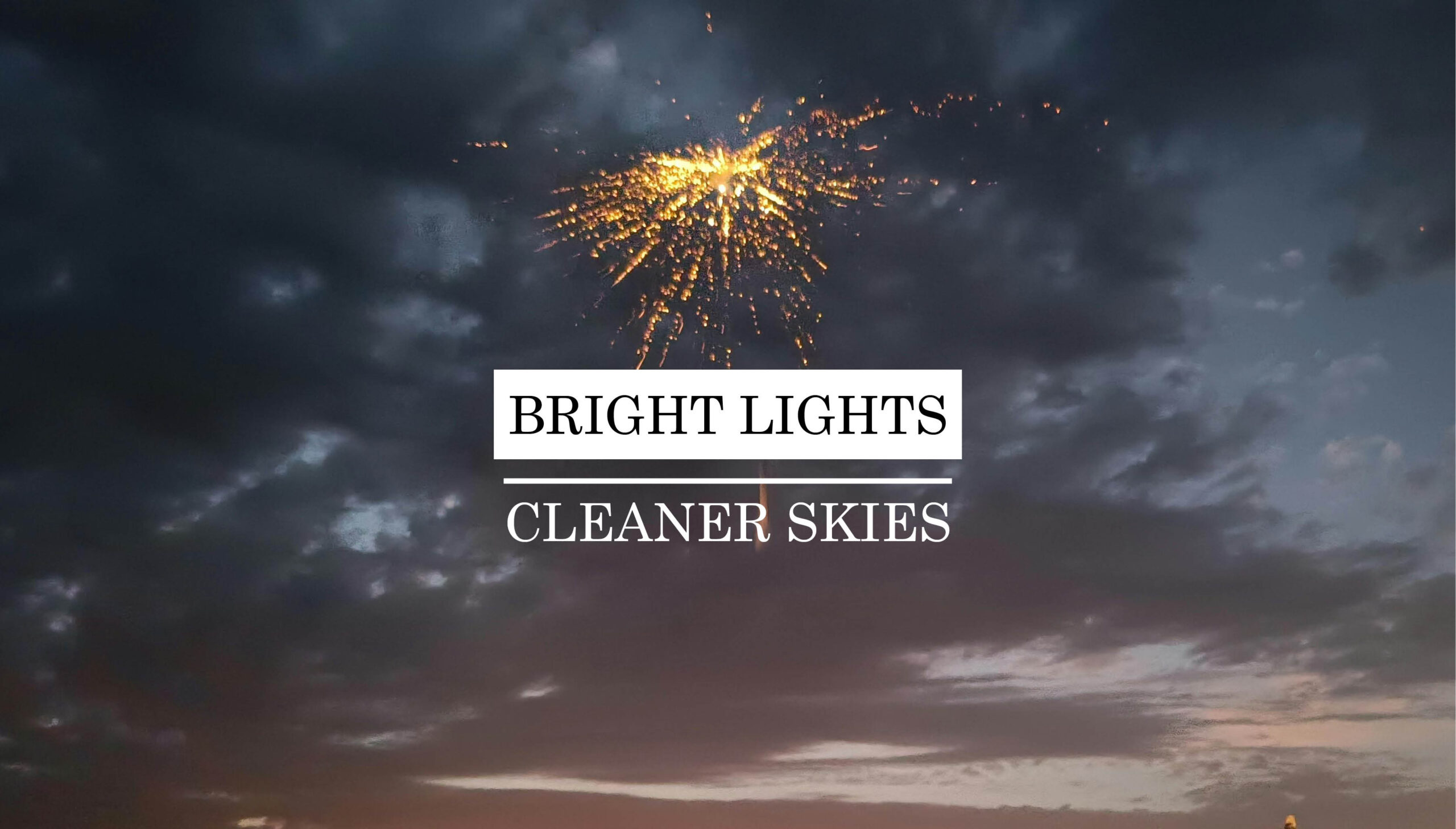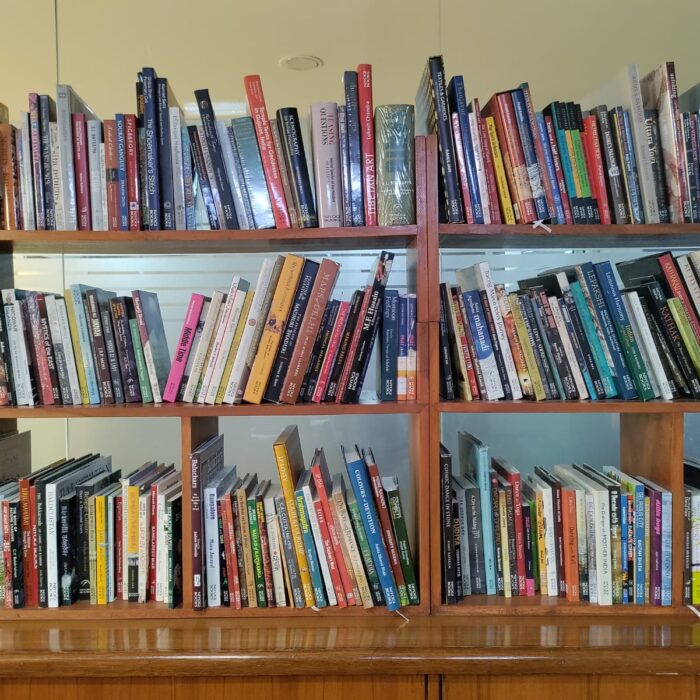
Bright Lights, Cleaner Skies
Ah, the festive season in India—when Dussehra and Diwali light up our lives with joy, laughter, and the unmistakable sound of firecrackers bursting in the sky. These vibrant celebrations symbolize victory, togetherness, warm feeling and a sense of community. But let’s take pause for a moment. Have you ever stopped to think about what’s happening behind those dazzling displays? Sure, they look spectacular, but there’s a hidden price we pay – our health and the environment.
Let’s talk about it! It’s not about taking away the celebration; it’s about finding smarter ways to keep the festive spirit alive while being kind to our planet. So, what exactly happens after the last firecracker has fizzled out? Picture this: you wake up the morning after Diwali, and instead of clear skies, your city is cloaked in a heavy blanket of smog. Instead of breathing in the crisp fresh air, you’re inhaling harmful pollutants.
In 2023, Delhi’s Air Quality Index (AQI) hit over 600 in certain areas—yes, that’s ten times the safe limit! It’s like turning the city into a massive gas chamber. Those tiny particles from firecrackers (PM2.5 and PM10) are so small they slip right into our lungs, leading to all sorts of respiratory issues. Asthma attacks, bronchitis flare-ups, and other breathing problems often crash our post-festival celebrations, especially for kids and the elderly.
But here’s the sparkling lining: eco-friendly firecrackers! Developed by organizations like the Council of Scientific and Industrial Research (CSIR), these ‘green’ crackers produce up to 35% less smoke and harmful toxins. They use alternative chemicals that reduce emissions while still giving us that festive energy we crave.
Have you ever been drowned out by the noise or jumped at the sound of a firecracker? It’s like bombs going off in a war zone – terrifying. The average firecracker can exceed 150 decibels, while the safe limit at night is just 45 decibels. That’s not just annoying; it’s a serious health hazard! Infants, the elderly, and even our furry friends bear the brunt of this noise.
Countries like Italy have taken a brilliant approach by adopting silent fireworks. They offer all the visual thrill without the ear-splitting noise. In 2019, Sikkim led the way by introducing laser light displays during Diwali—breathtaking and eco-friendly!
For pet owners, it’s essential to create a calm environment for our furry friends during the festivities. Keeping them indoors and providing a cozy space can help reduce their stress. Awareness is the first step toward change, and together, we can make a difference.
Now, let’s get real about the mess left behind by firecrackers. The remnants—plastic, paper, and toxic chemicals like lead and mercury—don’t just disappear. They leech into the soil and water bodies, creating serious environmental challenges, ultimately entering our bodies through consumption of vegetable and even animals – our food chain becomes toxic and dangerous. A study in 2022 showed a significant rise in heavy metals in soil and water samples taken after Diwali.
What if every neighbourhood organized a cleanup the morning after Diwali? How about this for a revolutionary idea: manufacturers could create biodegradable firecrackers. These would not only reduce pollution but also break down naturally. With all the technology and knowledge available its surely not impossible to come up with cleaner, greener alternatives. We are a nation of jugaad and innovation, we can easily come up with green and silent alternatives.
So, how can we keep the magic of Diwali alive without harming our planet? Here are some green-tastic alternatives – laser light shows, eco-friendly sky lanterns, collective celebrations, glow-in-the-dark rangoli, solar-powered lanterns.
Festivals like Diwali and Dussehra are central to our culture. They bring us joy and connection, allowing us to honour our traditions. But as we face increasing environmental challenges, it’s time to rethink how we celebrate. Choosing greener options doesn’t mean sacrificing fun; it means ensuring that future generations can enjoy these festivals too—without the worry of what they breathe or inherit.
The responsibility is ours! Let’s work together to keep our skies bright and our air clean. Together, we can celebrate joyfully and responsibly!


